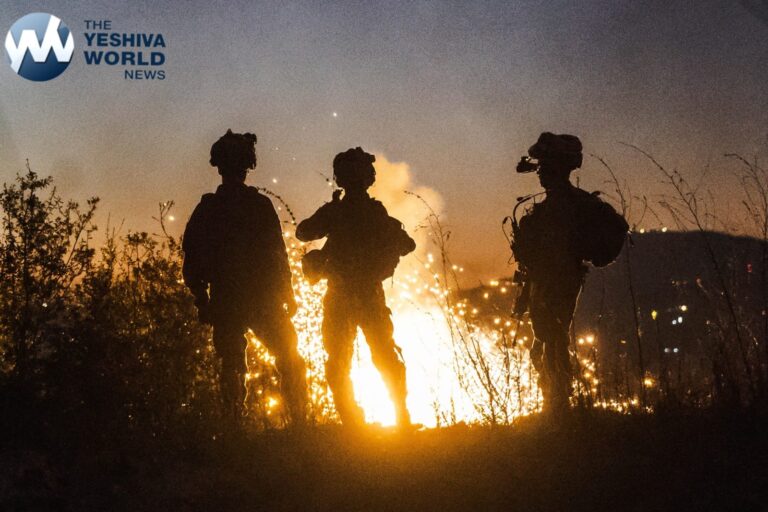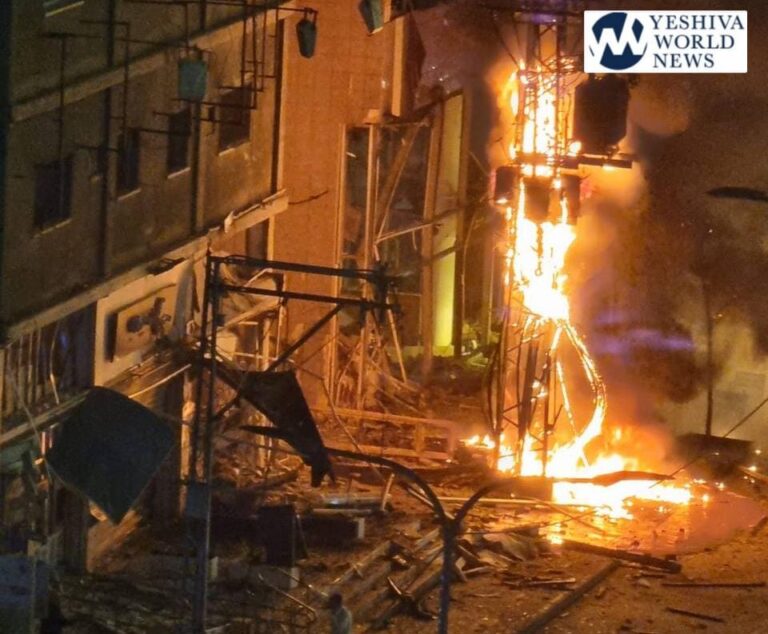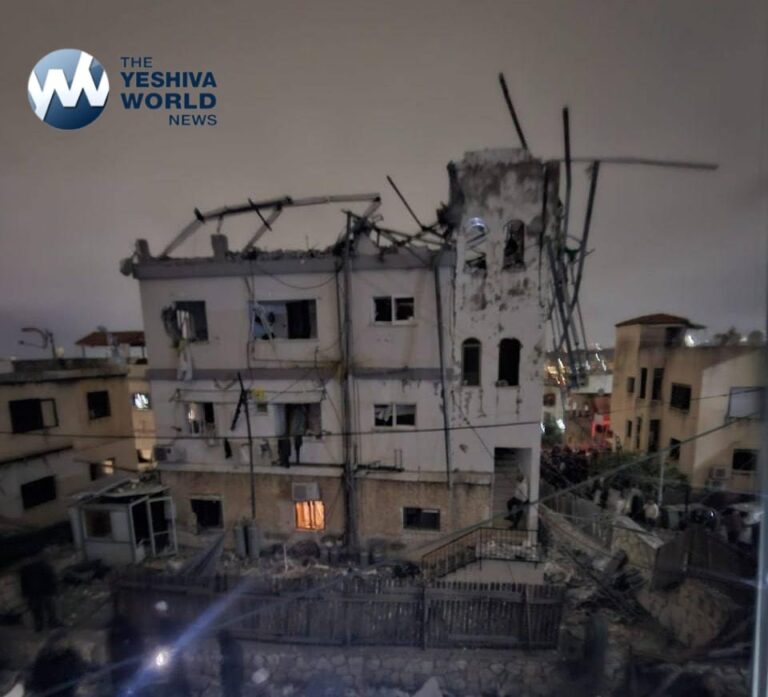 Waves splashed over the sea walls at the southern tip of Manhattan, already at Hurricane Irene levels Monday hours before the worst of a mammoth storm was to hit the nation’s largest city with a wall of water that could reach 11 feet.
Waves splashed over the sea walls at the southern tip of Manhattan, already at Hurricane Irene levels Monday hours before the worst of a mammoth storm was to hit the nation’s largest city with a wall of water that could reach 11 feet.
Gov. Andrew Cuomo closed two key tunnels to downtown Manhattan after the city shut its mass transit system, stock exchanges, schools and Broadway and ordered hundreds of thousands of people to leave their homes ahead of Hurricane Sandy’s storm surge. While light rain fell steadily and New Yorkers still bustled on the streets, Cuomo warned residents to get out of the way.
“Don’t be fooled, don’t look out the window and say, it doesn’t look so bad,” Cuomo said. “The worst is still coming.”
Cuomo said emergency boats were being moved downstate and the Brooklyn Battery and Holland Tunnels, both prone to flooding, would close at 2 p.m. The floor of the New York Stock Exchange was deserted in its first unplanned shutdown since the Sept. 11, 2001, terror attacks. More than 20,000 customers, mostly in Long Island, has lost power in the area by Monday morning, utility officials. Most of the city’s 3,600 outages were in Brooklyn, officials said.
On Monday, crowds gathered along the South Street Seaport, until police shooed them away. In Battery Park City, a complex of high-rise offices and apartment buildings erected on a landfill in lower Manhattan, holdouts watched as the Hudson rose and began to breach sections of scenic walkways along the river.
Many people were still out jogging, walking their dogs and even taking infants out in strollers amid gusts of wind.
Mark Vial pushed a stroller holding his 2-year-old daughter Maziyar toward the door of a building where they live on 15th floor.
“We’re high up enough, so I’m not worried about flooding,” he said. “There’s plenty of food. We’ll be ok.”
Vial, 35, said his building had several holdouts. “The laundry room was packed last night,” he said.
Some New Yorkers packed grocery stores for water and food and scrambled to get out of flood zones, while others insisted they weren’t going anywhere.
Others heeded warnings. Clutching a white pillow in her left hand and two computers in another, Alyssa Marks rushed to get to the subway before it stopped running Sunday evening. She’d gotten cash but had no time to get toiletries and water.
“I’m nervous, but I’m also excited,” she said as she left her apartment in a lower Manhattan evacuation zone for a friend’s place on higher ground.
Warnings about the superstorm — a predicted combination of Sandy, a wintry system moving in from the West and cold air streaming down from the Arctic — took on a much more ominous tone Sunday.
The National Oceanic and Atmospheric Administration’s environmental protection chief, Louis Uccellini, called the projected storm surge “the worst-case scenario” for New York City, Long Island and northern New Jersey.
It threatened to swamp parts of lower Manhattan, flood subway tunnels and knock out the underground network of power, phone and high-speed Internet lines that are the lifeblood of America’s financial capital.
The major American stock exchanges closed for the day, the first unplanned shutdown since the Sept. 11 attacks in 2001. The floor of the NYSE, typically bustling with traders on a Monday morning, fell within the city’s mandatory evacuation zone. The United Nations canceled all meetings at its New York headquarters. New York called off school for the city’s 1.1 million students.
The NYSE’s parent company said late Sunday that the shutdown might be extended through Tuesday “pending confirmation,” according to exchange operator NYSE Euronext.
Mayor Michael Bloomberg on Sunday announced a mandatory evacuation affecting 375,000 people in low-lying areas from the beaches of Queens to Battery Park City. Subways and buses were shut down Sunday night, leaving more than 5 million mostly carless daily riders on their own to get to higher ground.
Cuomo deployed National Guard troops to the city and Long Island. Consolidated Edison weighed the possibility of shutting down power in parts of lower Manhattan to protect equipment. Broadway shows were canceled for Sunday and Monday. One small hospital was being evacuated, while several others were moving patients to higher floors.
It marked the second time in 14 months that New York City has faced a scenario forecasters have long feared: a big hurricane hitting the city or a bit south, such that the cyclone’s counterclockwise winds drive water into miles of densely populated shoreline.
Hurricane Irene ultimately came ashore as a tropical storm in Coney Island, with a 4-foot storm surge that washed over parts of the southern tip of Manhattan but didn’t wreak the havoc that officials had feared, although it caused tremendous damage elsewhere. Some experts have said that a surge 3 feet higher could have caused huge damage.
(AP)











One Response
“The subject of the storm and our safety is on our collective mind. The journey through Hurricane Sandy is metaphorically related to our journey in life and asked all of them to please do teshuva on whatever doubt blows out our emunah to land us in negatively charged emotions of anger or fear. Our Rock is ein do milvado but if we get blown into the reality of unreality (coping mechanisms instead of neshama) it is Amalek,- doubt -that we are up against in our thoughts.”
May Hashem take our willingness to notice and ask for His help defeating the Amalek within – doubt that takes us out of the reality of neshama into subtle or overwhelming negative charges of every imaginative variety that attach to what may even be wise coping mechanisms- and grant us success in subduing the powerful-feeling negative charges that are swirling around and influencing the way Hashem sustains the world!!!!
And may Hashem no longer have the need to sustain the powerful Hurricane Sandy.